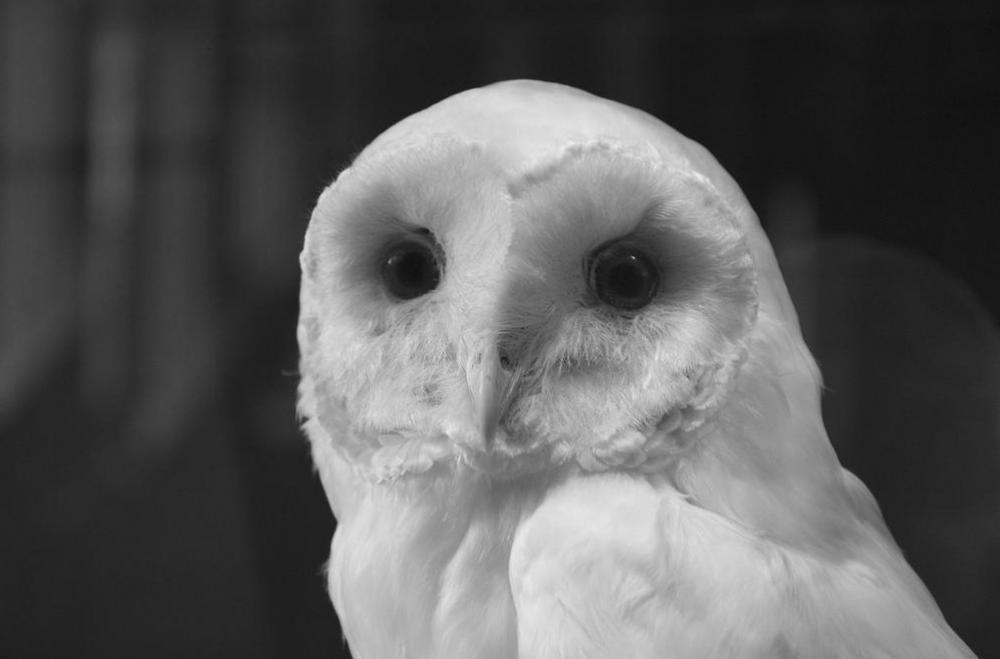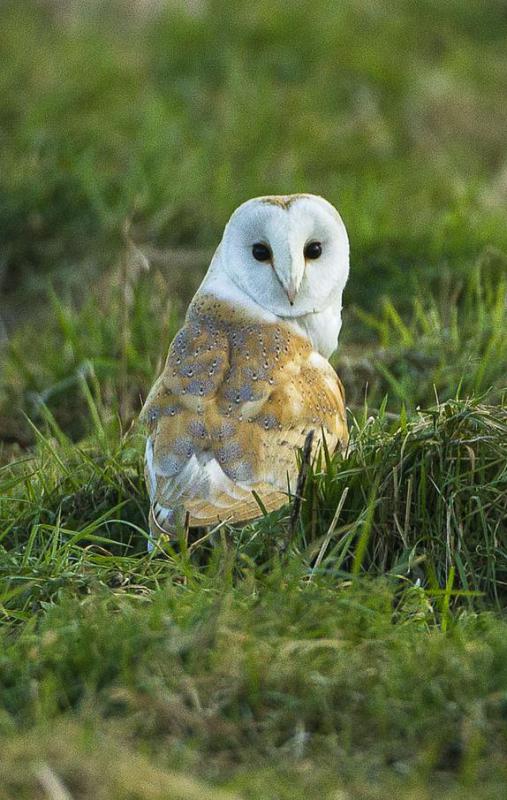At AllThingsNature, we're committed to delivering accurate, trustworthy information. Our expert-authored content is rigorously fact-checked and sourced from credible authorities. Discover how we uphold the highest standards in providing you with reliable knowledge.
What is a Barn Owl?
The barn owl is a type of bird found on almost every continent in the world. They are primarily nocturnal, and eat mostly small rodents. The average barn owl might have a white, heart-shaped face with brown around the edges and a gray lower body dotted with scattered brownish or black markings. Male barn owls may grow to be up to about 15 inches (38 cm) in length with a wingspan of roughly 42 inches (107 cm). Females may be slightly larger, with an average length of about 15.5 inches (40 cm) and a wingspan of around 43 inches (110 cm).
Most barn owls living in the wild have a relatively short life span. It is not uncommon for the majority to die before they reach two years of age. Owls that are kept as pets or in protected conditions might live to be between 10 and 20 years old. Some predators that occasionally kill barn owls are eagles, falcons, or any type of hunting bird that is larger. Snakes have also been known to attack and kill these birds.

The only continent without a barn owl population is Antarctica. They exist everywhere else, but weren't introduced to Hawaii until the late 1950s. The average barn owl prefers open areas to forest, but might be found in any habitat where catching prey is a likely possibility.
Even though barn owls are typically considered nocturnal birds, they may occasionally be seen outside hunting during the day. These birds spend a great majority of their time seeking out prey, which usually consists of rats, moles, or small rabbits. They may also eat frogs, lizards, and almost any other type of small animal they are able to catch. Barn owls may be seen flying over open land, such as pastures or any type of grassy field, since small prey are easier to catch in these areas.

Breeding normally occurs only once or twice each year, but could be more frequent when there is a plague of small rodents. Most barn owls begin breeding when they are about 10 months old. These birds might build nests for their young inside tree hollows, abandoned buildings, or caves. Barn owls normally lay between three and 12 eggs, which hatch in roughly 30 days. The young chicks are typically with their mother for a few months, and then leave the nest for good after they have learned to hunt.
Frequently Asked Questions
What distinguishes a Barn Owl from other owl species?

Barn Owls are easily recognizable by their heart-shaped face, which is unique among owls. They have a white or light-colored underside and a golden-brown back and wings. Unlike other owls, they have long legs and a distinctive, eerie screech rather than a hoot. Their specialized flight feathers allow for near-silent flight, making them exceptional nocturnal hunters.
Where can you typically find Barn Owls?

Barn Owls are widespread, found on every continent except Antarctica. They prefer open habitats like grasslands, farmlands, and woodlands. These owls are often seen in man-made structures such as barns and church steeples, which provide perfect roosting and nesting sites. Their presence is a natural form of pest control, as they prey on rodents.
What do Barn Owls eat and how do they hunt?
Barn Owls primarily feed on small mammals, especially voles, mice, and shrews. They hunt at night using their exceptional hearing, which is among the best of any animal. According to studies, their heart-shaped facial disc functions like a radar dish, channeling sound to their ears, allowing them to locate prey in complete darkness.
How do Barn Owls communicate?
Barn Owls are less vocal than other owls but use a variety of sounds to communicate. Their most notable call is a harsh, long-drawn-out screech. During the breeding season, they may also emit twittering and snapping sounds. These vocalizations play a role in territorial defense, mating rituals, and signaling distress.
What is the breeding behavior of Barn Owls?
Barn Owls typically breed once a year, but in areas with abundant food, they may breed twice. They don't build traditional nests; instead, they lay eggs on a surface layer of regurgitated pellets. A clutch can contain 2-18 eggs, with the female incubating them while the male provides food. The young are cared for by both parents.
Are Barn Owls endangered?
Barn Owls are not globally endangered, but their populations are facing threats from habitat loss, pesticide use, and collisions with vehicles. Conservation efforts are crucial in areas where numbers are declining. In some regions, the installation of nest boxes has proven successful in supporting their populations, according to conservation organizations.
AS FEATURED ON:
AS FEATURED ON:














Discuss this Article
Post your comments